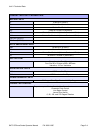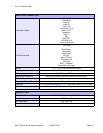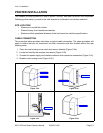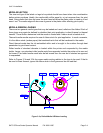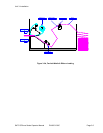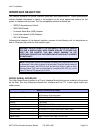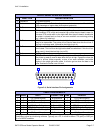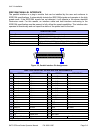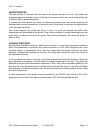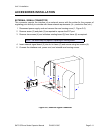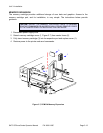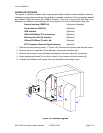
Unit 3: Installation
SATO GT4xxe Series Operator Manual PN 9001138C Page 3-6
INTERFACE SELECTION
This chapter presents the printer interface types and their specifications. These specifications
include detailed information to assist in the selection of the most appropriate method for the
printer to interface with the host. The four acceptable interface methods are:
• RS232C Asynchronous Serial
• IEEE1284 Parallel
• Universal Serial Bus (USB) Adapter
• Local Area network (LAN) Ethernet
• 802.11B Wireless
Following the selection of the desired interface, proceed to the following unit for instructions on
how to Configure the printer for that interface type.
RS232C SERIAL INTERFACE
This High Speed Serial Interface is a Plug-In Interface Module that can be installed in the printer
by the user. The only difference between this interface and the TTL is their signal levels and
cable pinouts.
WARNING: NEVER CONNECT OR DISCONNECT INTERFACE CABLES
(OR USE A SWITCH BOX) WITH POWER APPLIED TO EITHER THE
HOST OR THE PRINTER. THIS MAY CAUSE DAMAGE TO THE
INTERFACE CIRCUITRY IN THE PRINTER/HOST AND IS NOT COVERED
BY WARRANTY.
NOTE: Some hosts monitor the Request-To-Send (RTS) signal (pin 4 of 25)
to determine if the printer is ready to receive data. Since the printer does not
generate this signal, the RTS line must be held true (high) in order to allow
communication. This can be performed by connecting the RTS pin to the
Clear-To-Send (CTS) signal (pin 5 of 25).
RS232C SPECIFICATIONS
Asynchronous ASCII Half-duplex communication
Bi-Directional Communication
Data Transmission Rate 9600, 19200, 38400, 57600 bps
Data Length 8 bit (selectable)
Stop Bit 1 bit (fixed)
Parity Bit ODD, EVEN, NONE (selectable)
Codes Used ASC II Character Codes, JIS Kanji Codes
Control Codes STX (02H), ETX (03H), ACK (06H), NAK (15H)
Connector Special
Cable Special
Signal Levels High = +5V to +12V, Low = -5V to -12V



